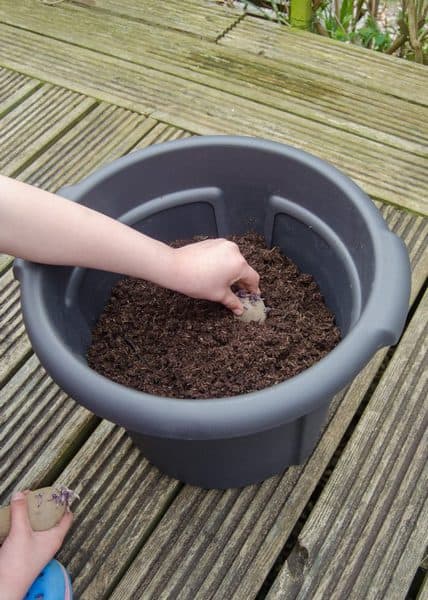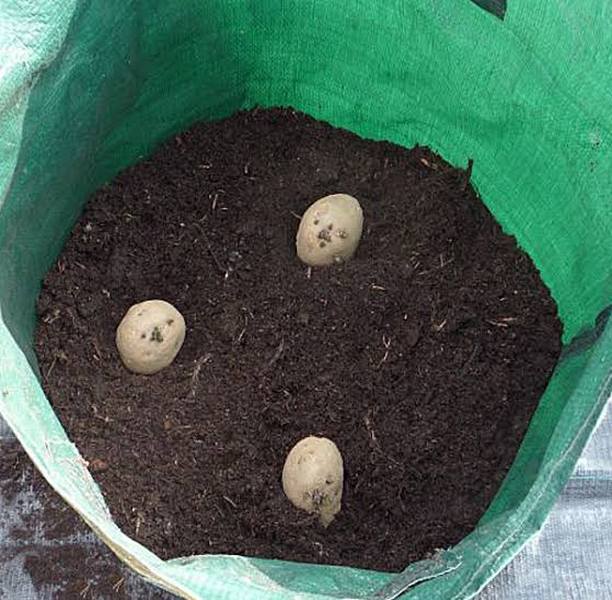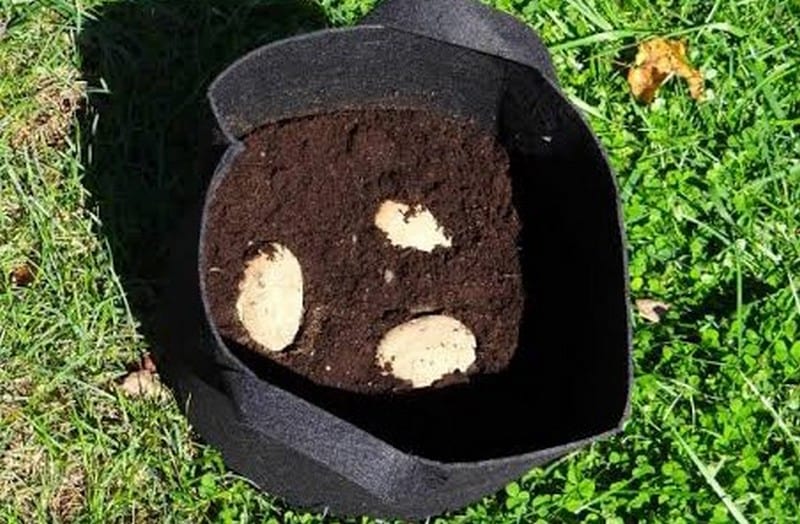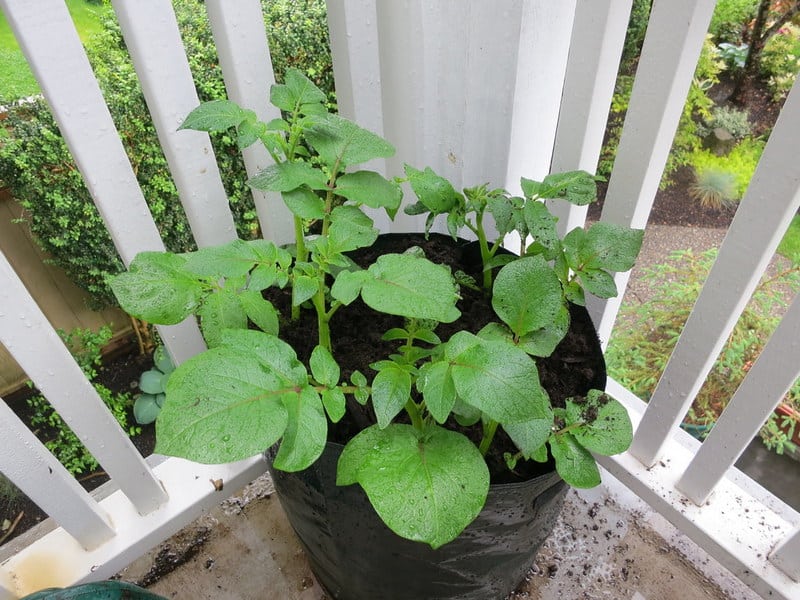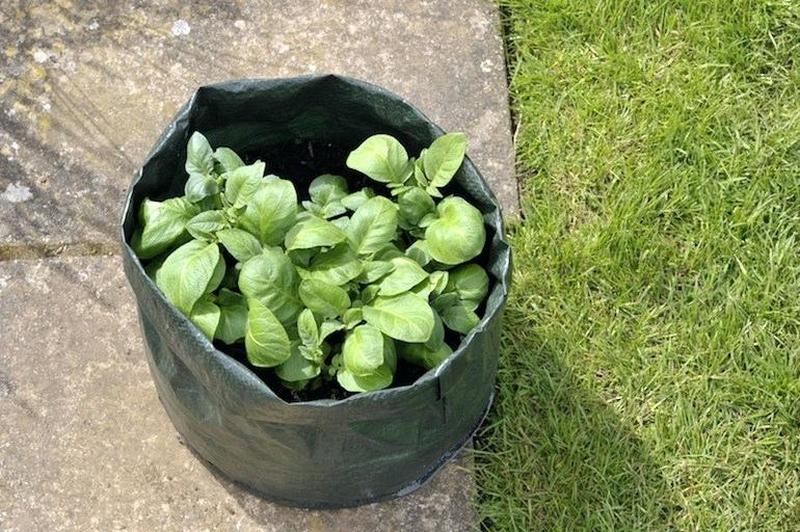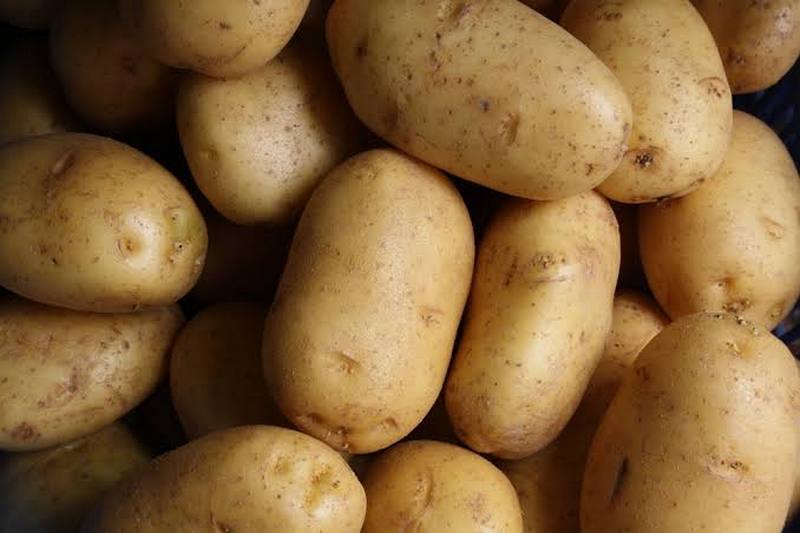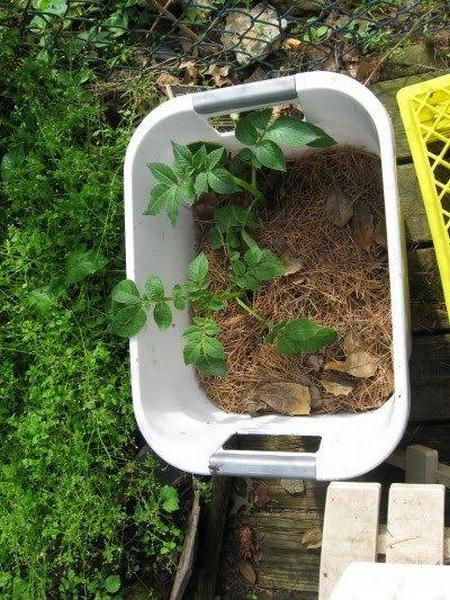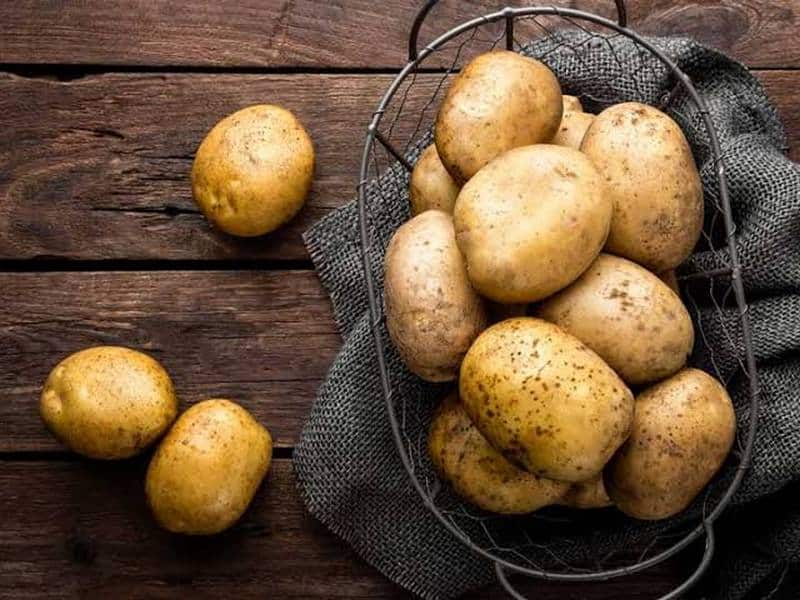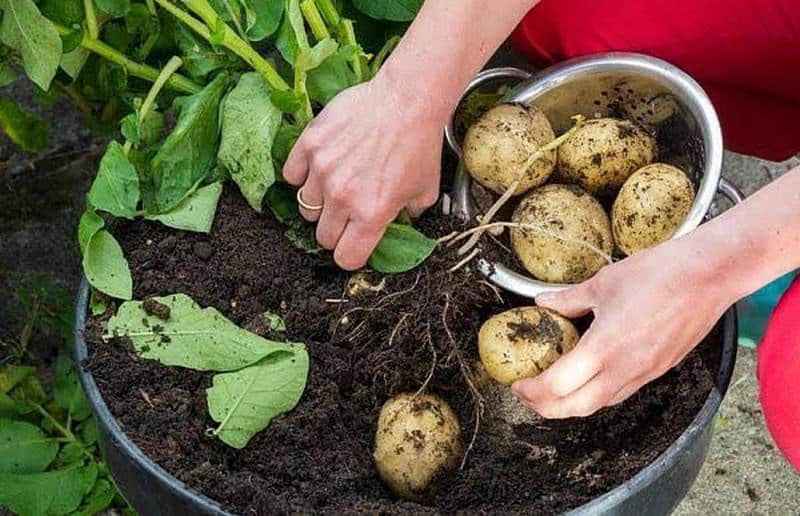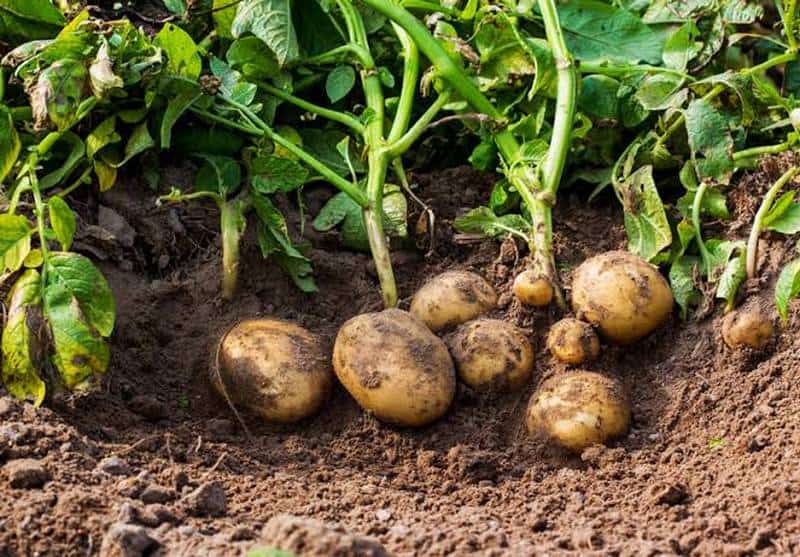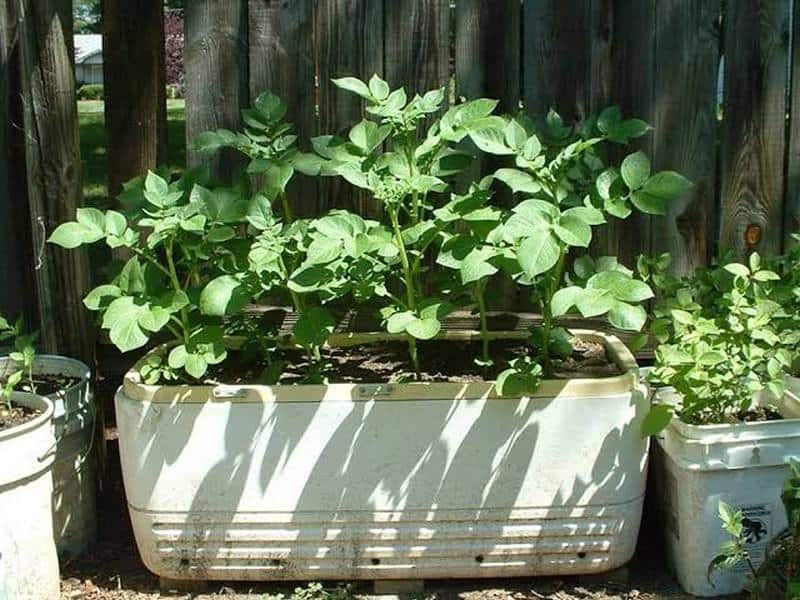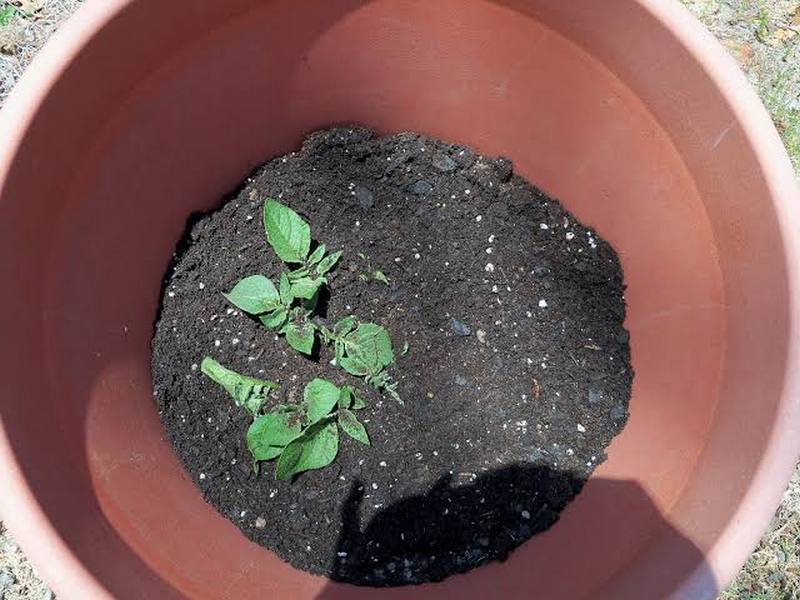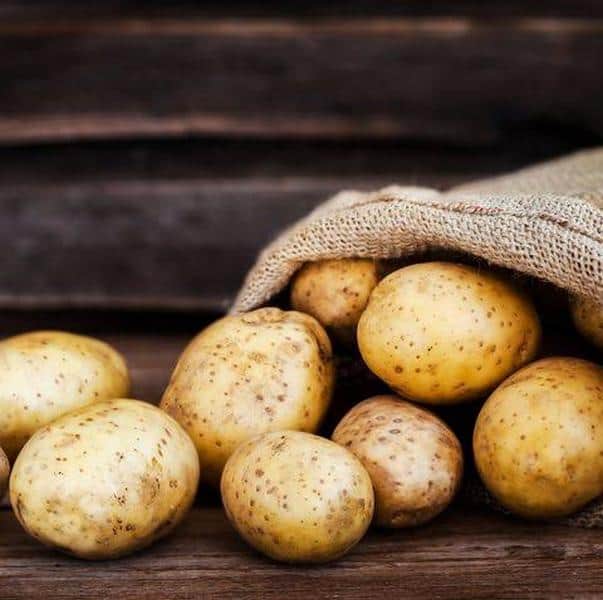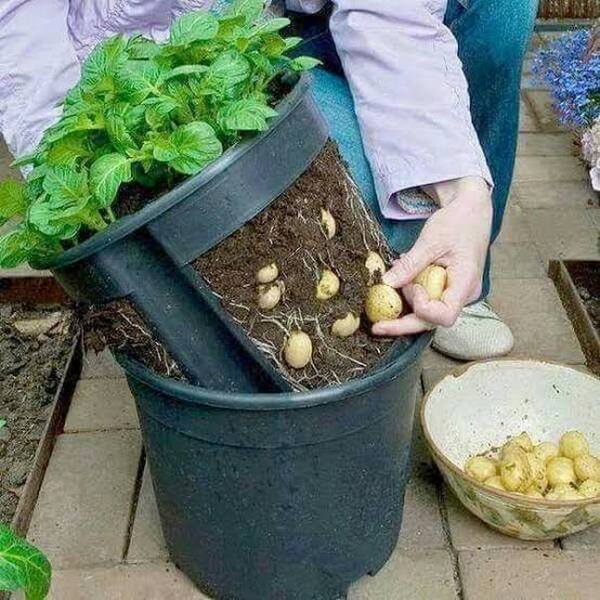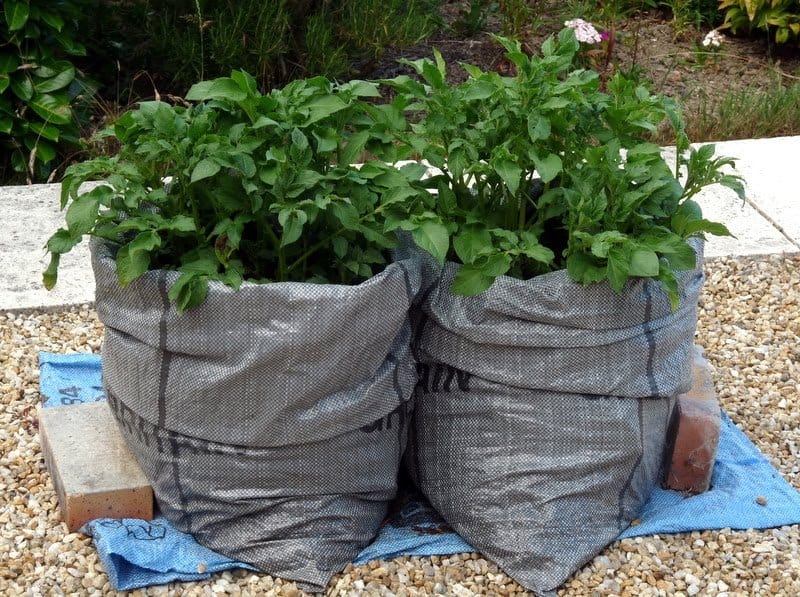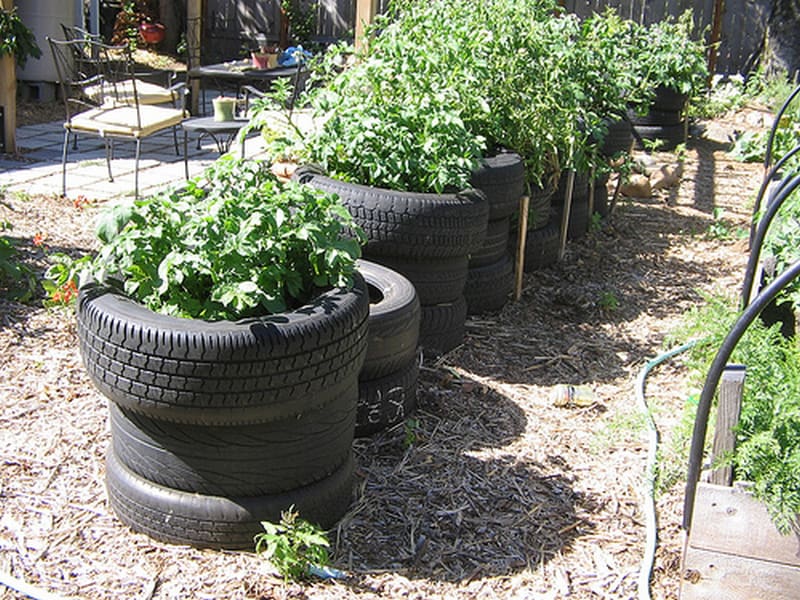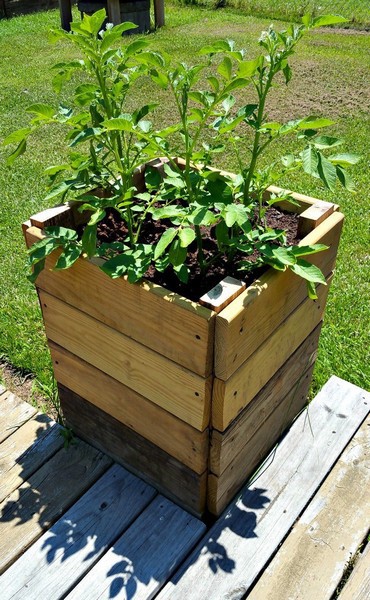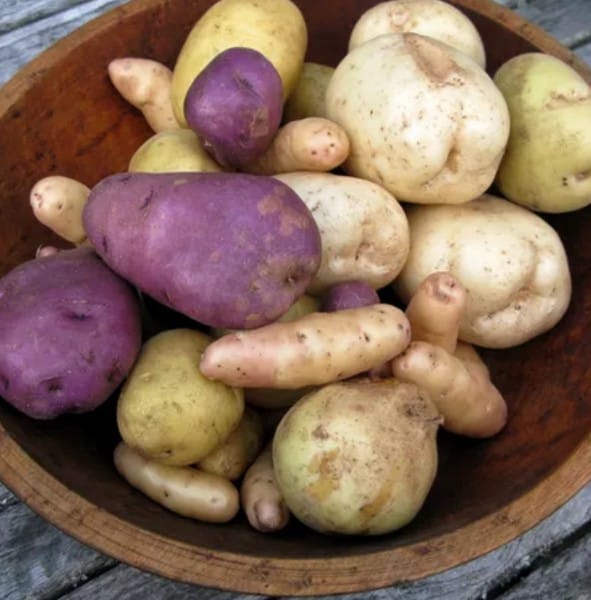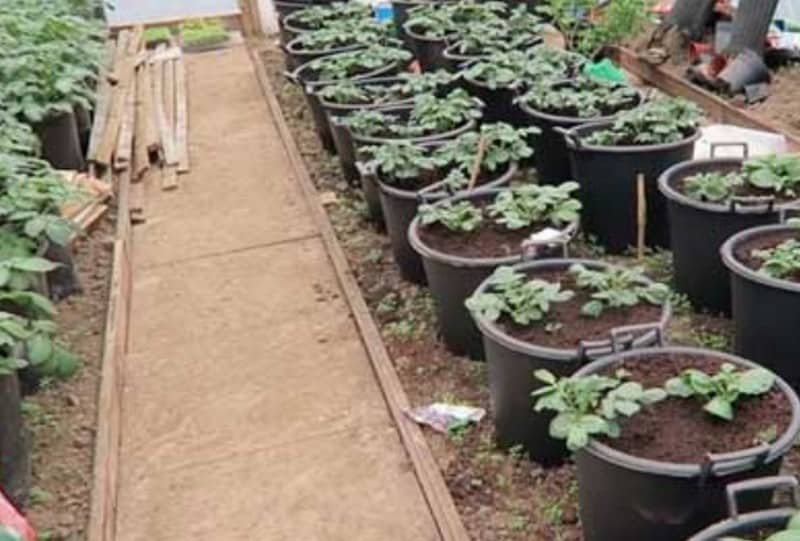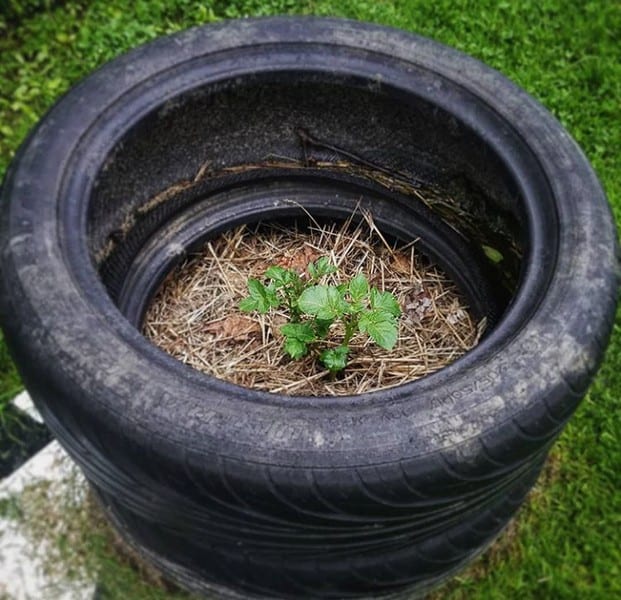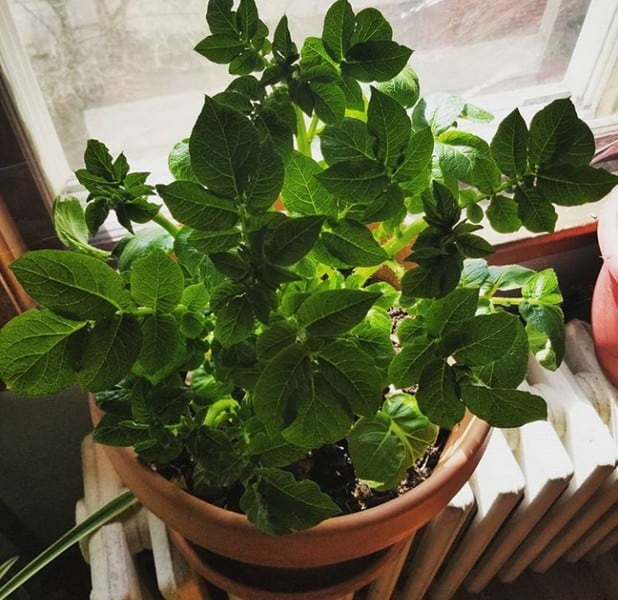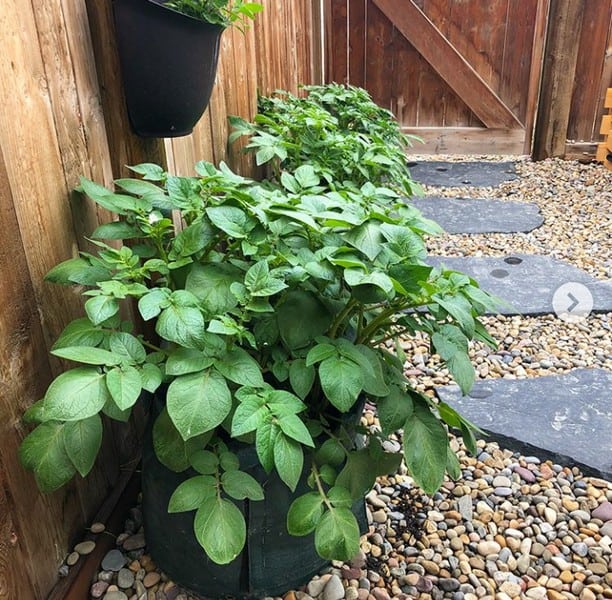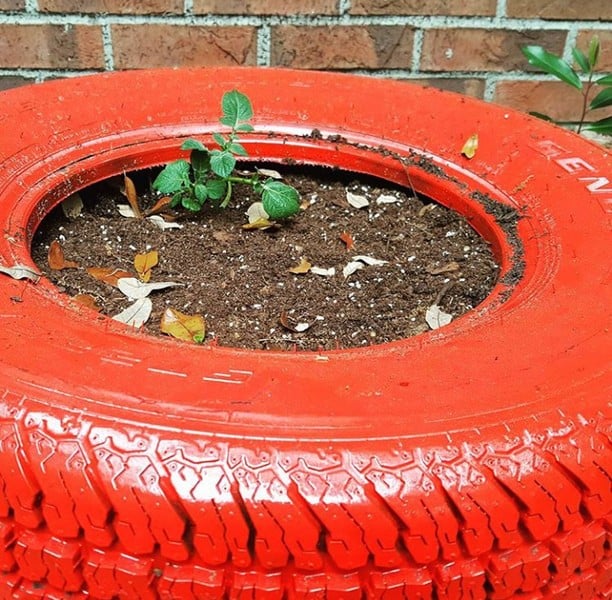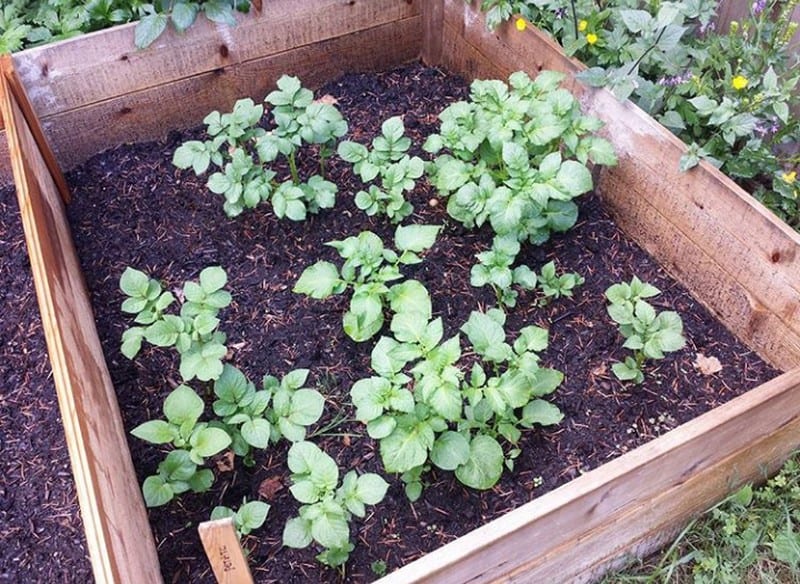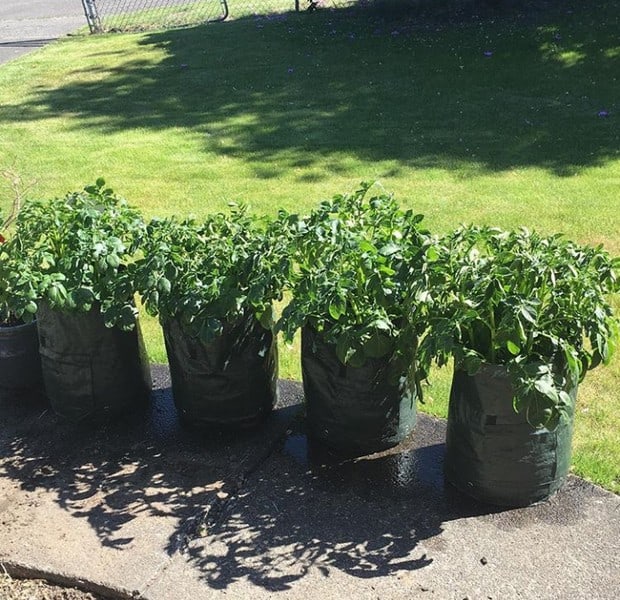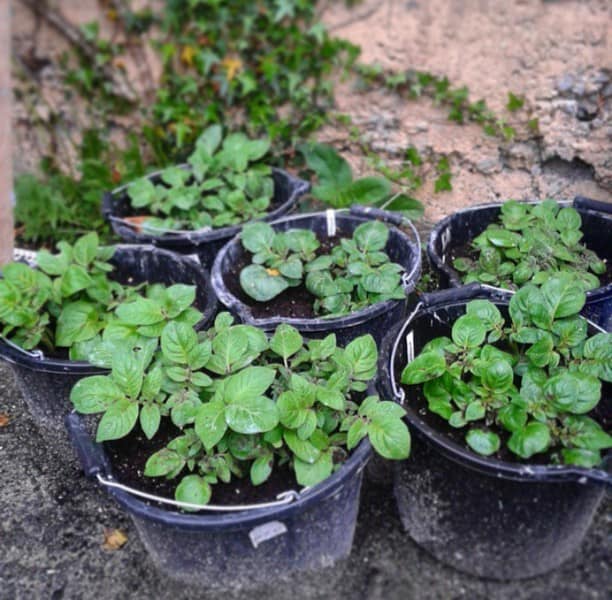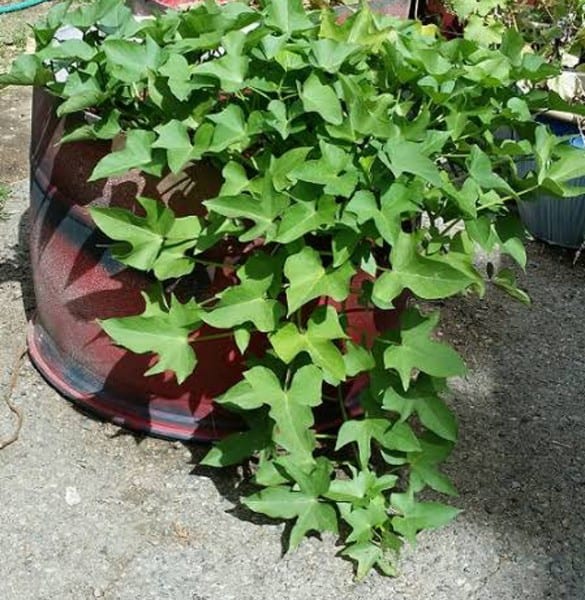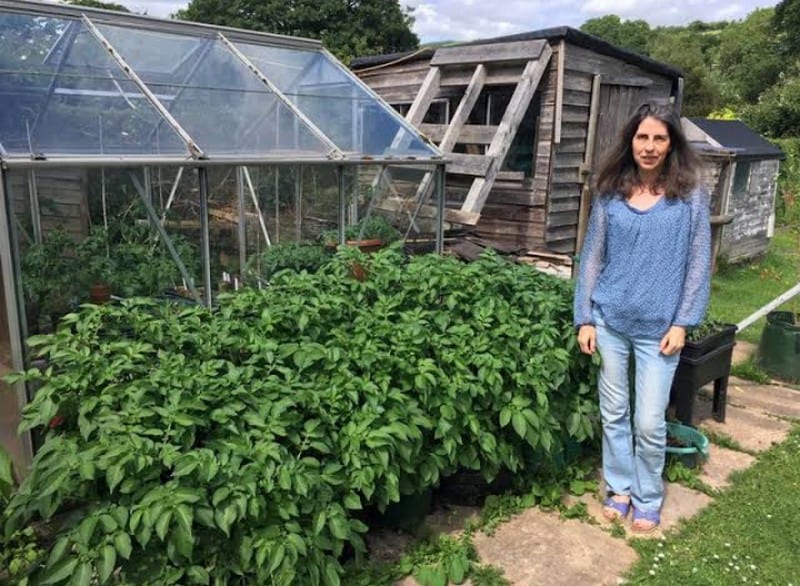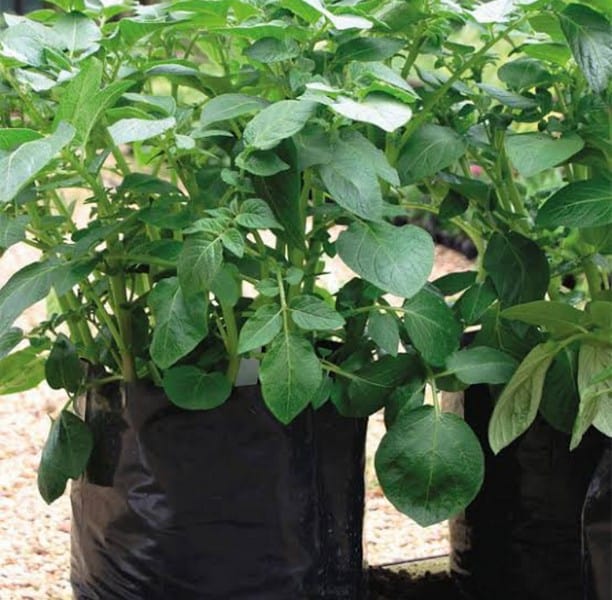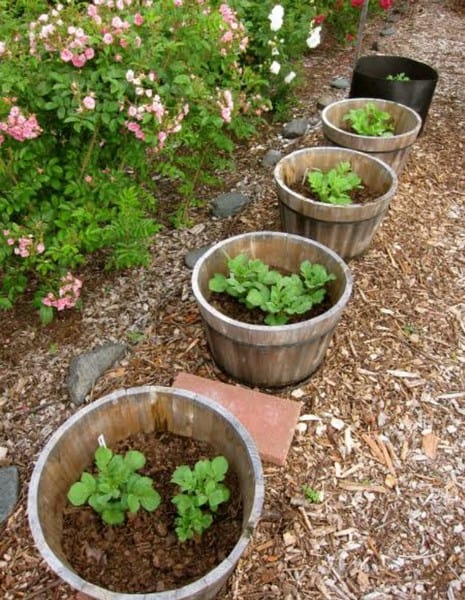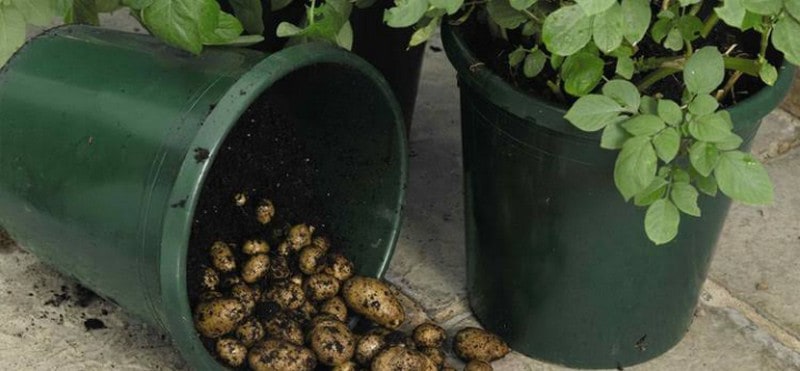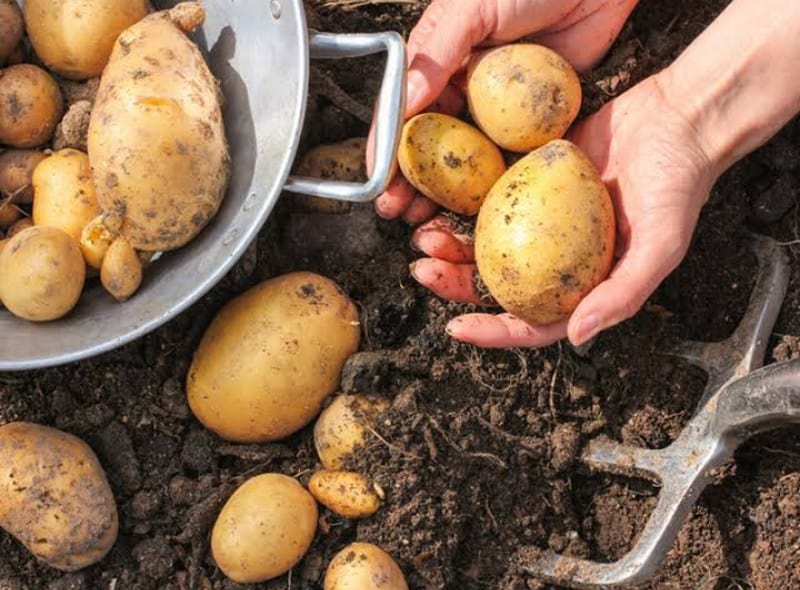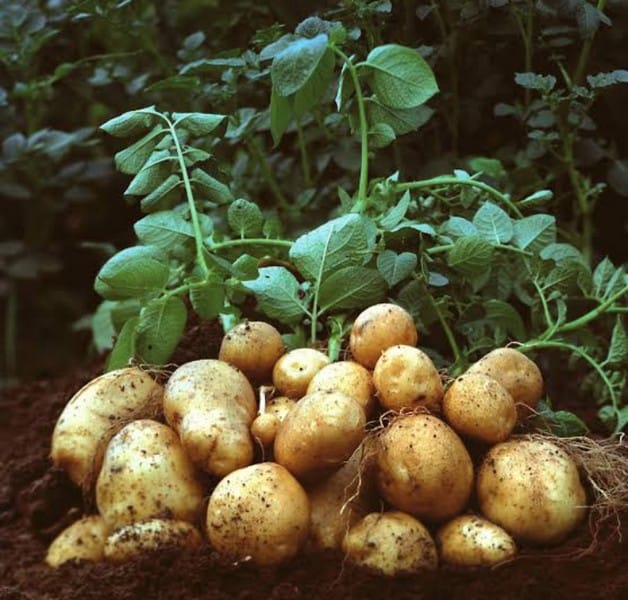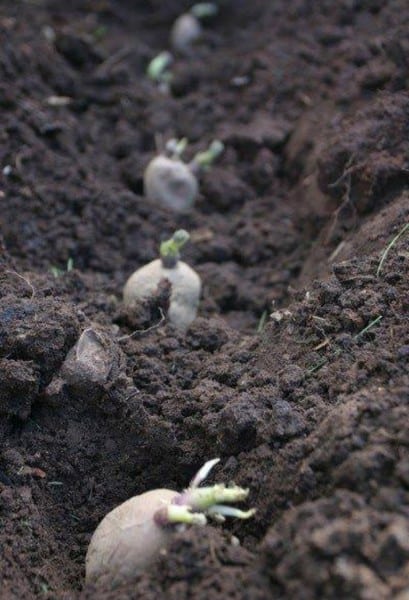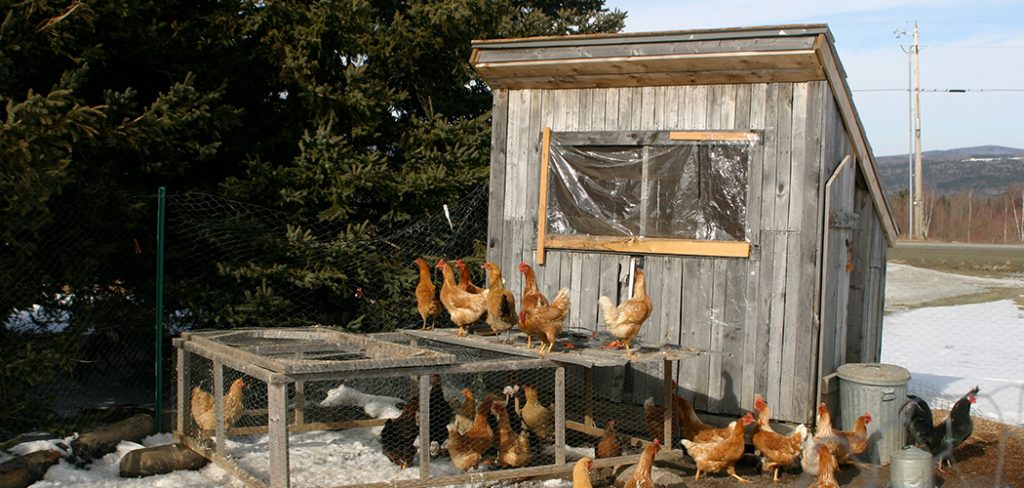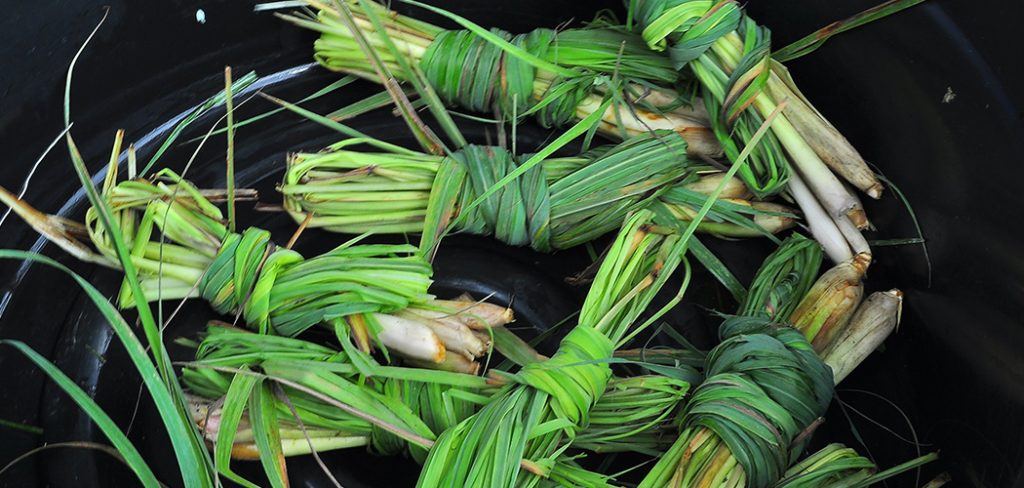Potatoes are popular root vegetables that have grown to become one of the most important staple foods in the world. They are highly nutritious, make a delicious treat and growing potatoes is easy.
However, potatoes grow fast and spread wide, hence, sometime after they begin to grow, you might run out of space. To combat this space problem, you should grow your potatoes in containers. Also, growing potatoes in containers helps you control diseases and makes harvesting so much easier.
Before we dive right into the process of growing potatoes in containers, there are some things you should know:
- Potatoes thrive well in cool temperatures and require at least 6-8 hours of sunlight daily, similar to growing quinoa and eggplants. Therefore, try to locate your container(s) in areas that are exposed to morning sunlight, but are shaded in the afternoon.
- The watering requirements of potatoes grown above the ground are greater than those in the ground, hence you must ensure that your potatoes do not lack water.
- Use large containers to grow your potatoes. The larger the container, the more room potatoes have to spread out and form tubers.
How to Grow Potatoes in Containers?
1. Prepare the containers
As stated earlier, suitable containers must be fairly large. It should be able to hold between 2-3 gallons of soil. You can use baskets, large buckets or even stacks of tires. Ensure they were not previously used for poisonous purposes. Make holes all over your container for excess water to drain.
Fill the bottom of each container with lightweight soil mixes specifically designed for pots. If you’d rather make your own mix, you should use one-third good quality finished compost, one-third perlite and the rest should be peat moss.
2. Prepare the potatoes for planting
Acquire seed potatoes and cut them into small pieces, making sure each has one or two stem buds. Dry them for a day or two before planting. If the potatoes are small-sized, you can plant them whole.
3. Plant the seeds
Each container should contain no more than three seeds. Also, make sure these seeds are well spaced so that they’ll have enough space to grow into.
After planting, cover the seed potatoes with a couple inches of soil and compost. Make sure it’s not too deep though.
4. Hill your Potatoes as they grow
Once your potatoes begin to grow, gently pile new soil or mulch around the stems in order to shield them from sunlight. This encourages the potato tubers to grow deep and wide, while providing a platform for new potatoes to form on the maturing ones.
Do this until the containers are almost filled up and if you are using tires, continue stacking them up, while filling with fresh soil or mulch. Keep watering the roots too.
5. Harvest your potatoes
Potatoes are generally ready for harvesting, three months after they are planted. Alternatively, you can harvest them once their flowers are in full bloom. To harvest potatoes, simply reach into the container soil and pull out your potatoes.
If you choose to wait till the plants have died off before harvesting, you can just turn your container over and empty its contents, picking your potatoes from there.
Small potatoes should be used as soon as possible, but larger ones can be stored for several weeks.
Photo Gallery of Potatoes in Containers
Check my other post on potatoes.
